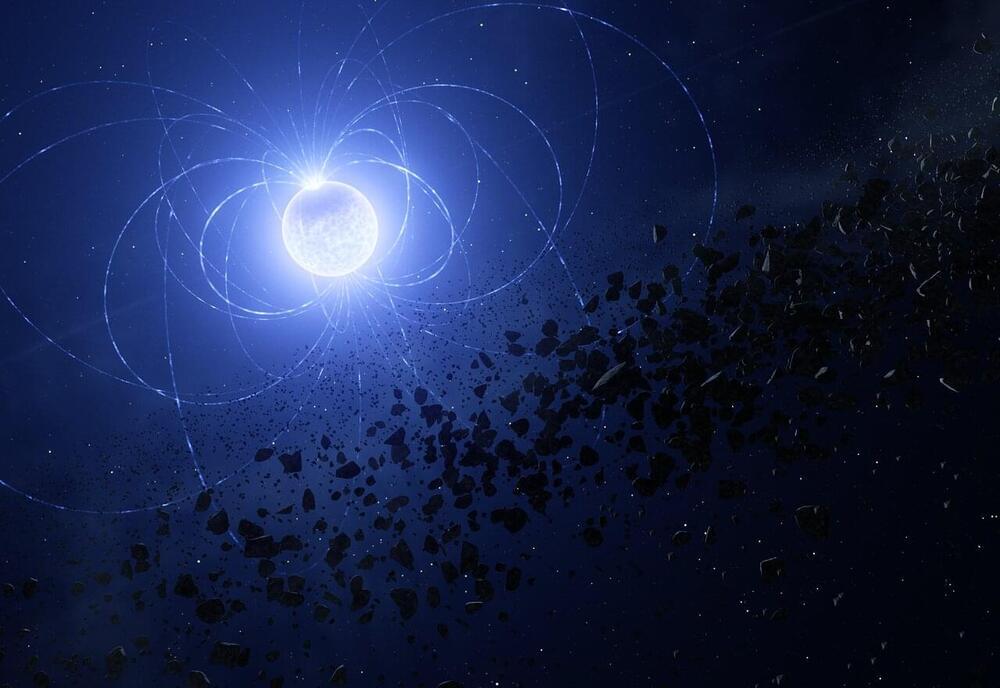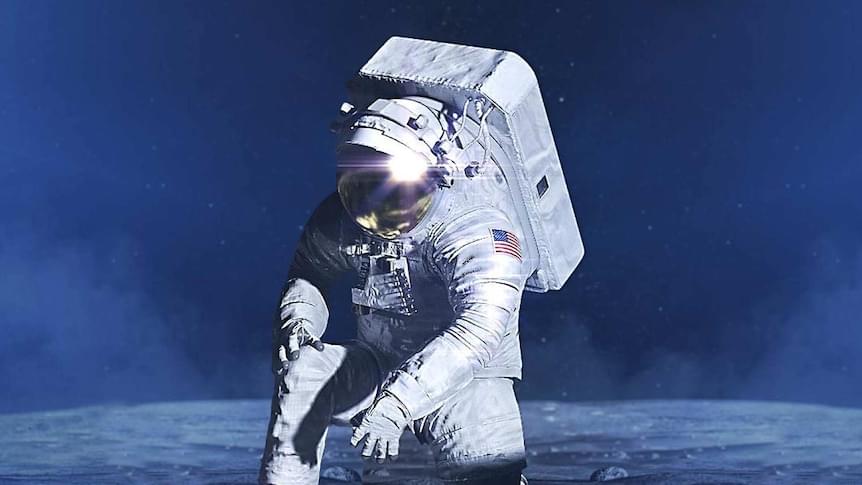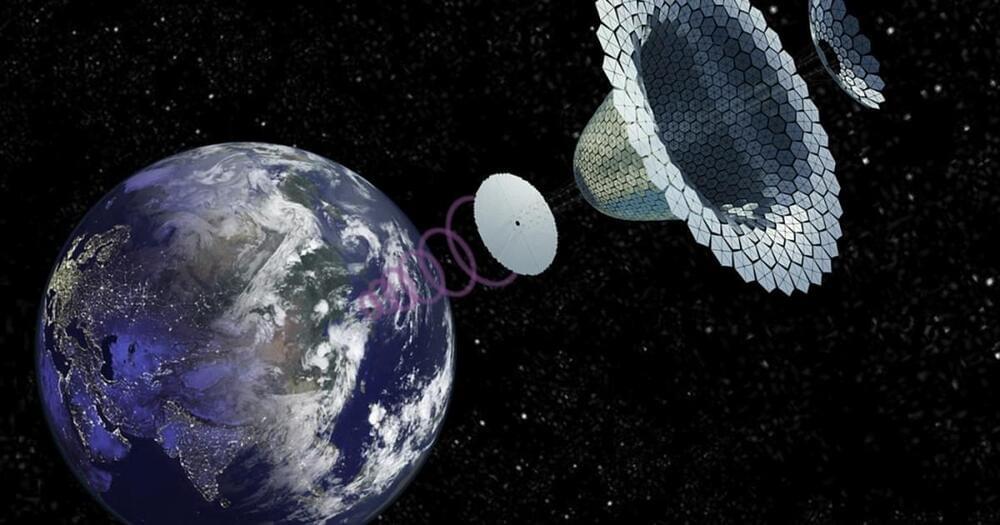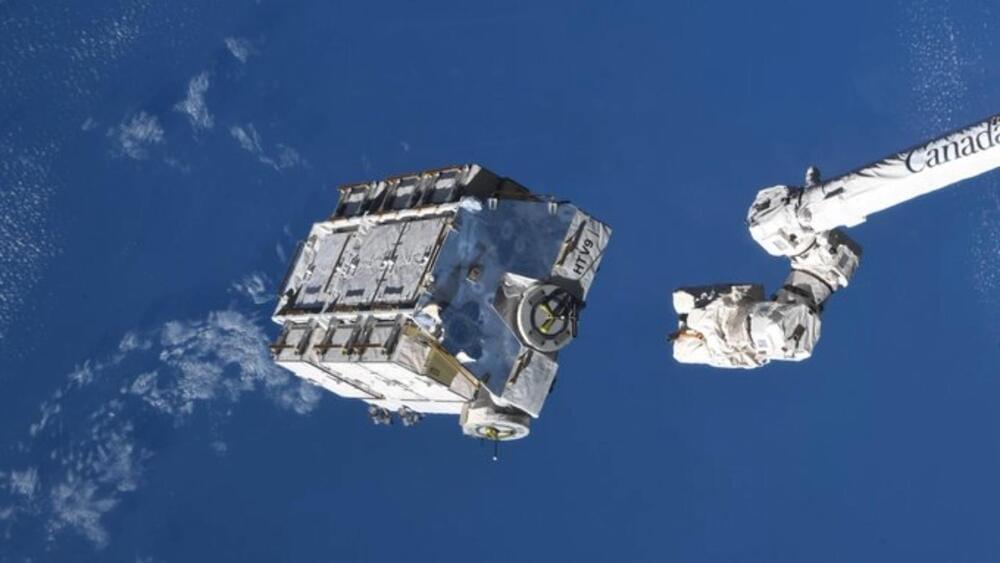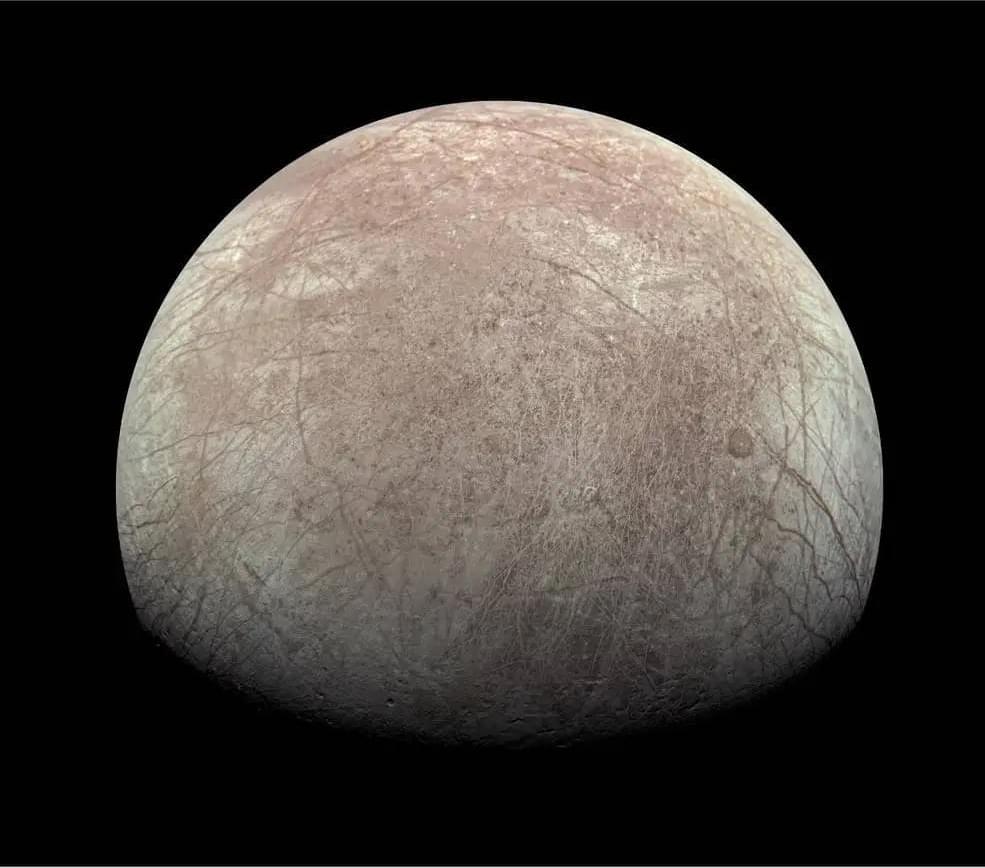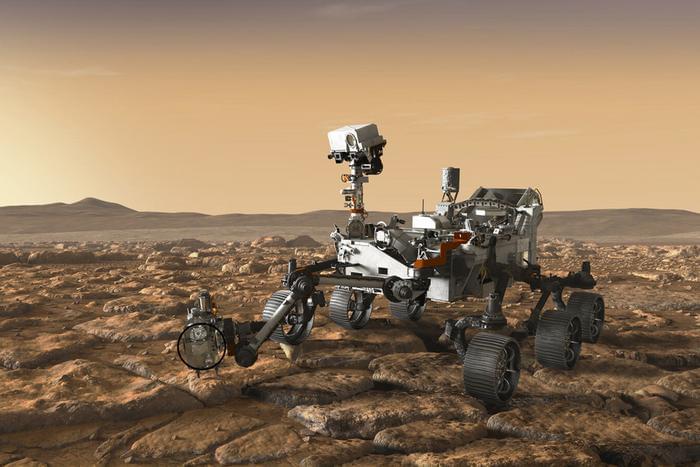This is a sci-fi documentary, looking at what it takes to build an underground city on Mars. The choice to go underground is for protection, from the growing storm radiation that rains down on the surface every day. And to further advance the Mars colonization efforts.
Where will the materials to build the city come from? How will the crater be covered to protect the inhabitants? And what will it feel like to live in this city, that is in a hole in the ground?
It is a dream of building an advanced Mars colony, and showing the science and future space technology needed to make it happen.
Personal inspiration in creating this video comes from: The Expanse TV show and books, and The Martian.
Other topics in the video include: the plan and different phases of construction, the robots building the city, structures that are on the surface versus below the surface, pressurizing a habitat on Mars, the soil and how to turn it in Martian concrete, the art of terraforming, and the different materials that can be extracted from the planet. And the future plans of the Mars colony, from building upwards to venturing to the asteroid belt and Jupiter’s 95 moons.
PATREON
